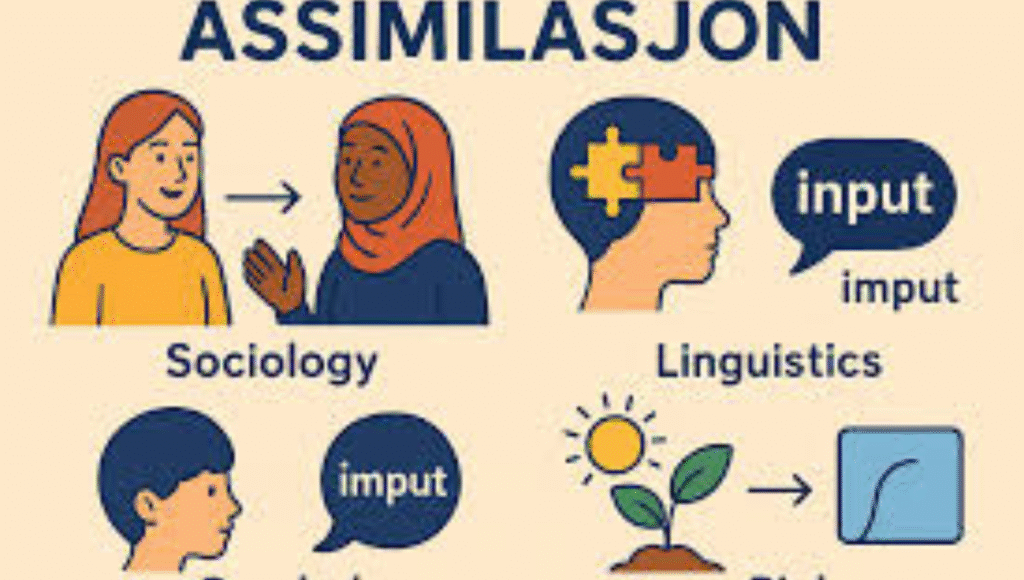In a globalized world where cultures, languages, and traditions often intersect, the concept of assimilasjon—commonly translated as assimilation—has become an important subject of discussion. It reflects the process through which individuals or groups adopt the cultural norms, values, and behaviors of another community, often blending into the larger society. While assimilation can encourage unity, it also raises questions about identity, diversity, and cultural preservation.
What Is Assimilasjon?
In essence, assimilasjon is the process where newcomers or minority communities slowly adopt the traits and practices of the prevailing culture.This might include adopting the majority’s language, traditions, social practices, and even values.
For example, immigrants who move to a new country often experience assimilation when they begin speaking the local language, celebrate national holidays, or integrate into the education and workforce systems.
Types of Assimilation
Assimilation can take different forms, depending on the context and the societies involved. Common types include:
-
Cultural assimilation – When individuals embrace the language, customs, and traditions of the society they have entered.
-
Structural assimilation – Integration into the institutions of society, such as schools, workplaces, or political systems.
-
Marital assimilation – Intermarriage between groups, blending families and traditions.
-
Identificational assimilation – When individuals begin identifying themselves as part of the dominant culture.
Positive Impacts of Assimilation
Assimilation can bring several benefits, particularly in creating unity within diverse societies. Some positive aspects include:
-
Social cohesion – Assimilation can reduce barriers between groups and promote understanding.
-
Economic opportunities – Adopting the language and systems of the host culture often opens doors to education and career growth.
-
Shared identity – It fosters a sense of belonging, helping individuals feel more accepted in their new environment.
Challenges and Criticisms
Despite its potential benefits, assimilasjon is not without controversy. Critics argue that it can sometimes demand conformity at the expense of individuality and cultural heritage. Challenges include:
-
Loss of cultural identity – Traditions, languages, and customs may fade over generations.
-
Pressure to conform – Minority groups may feel forced to abandon their roots to “fit in.”
-
Unequal power dynamics – Assimilation often favors the dominant culture, sidelining minority voices.
Assimilation vs. Multiculturalism
It is important to distinguish between assimilation and multiculturalism. While assimilation emphasizes adopting the dominant culture, multiculturalism values coexistence, where diverse cultures are preserved and celebrated side by side. Many modern societies strive to strike a balance between the two—encouraging integration while respecting diversity.
Final Thoughts
Assimilasjon is a complex and multifaceted process that continues to shape societies around the world. While it can create unity and opportunities, it also presents challenges regarding identity and cultural preservation. Ultimately, the impact of assimilation depends on how societies approach it—whether through inclusivity and respect, or through rigid expectations of conformity.

